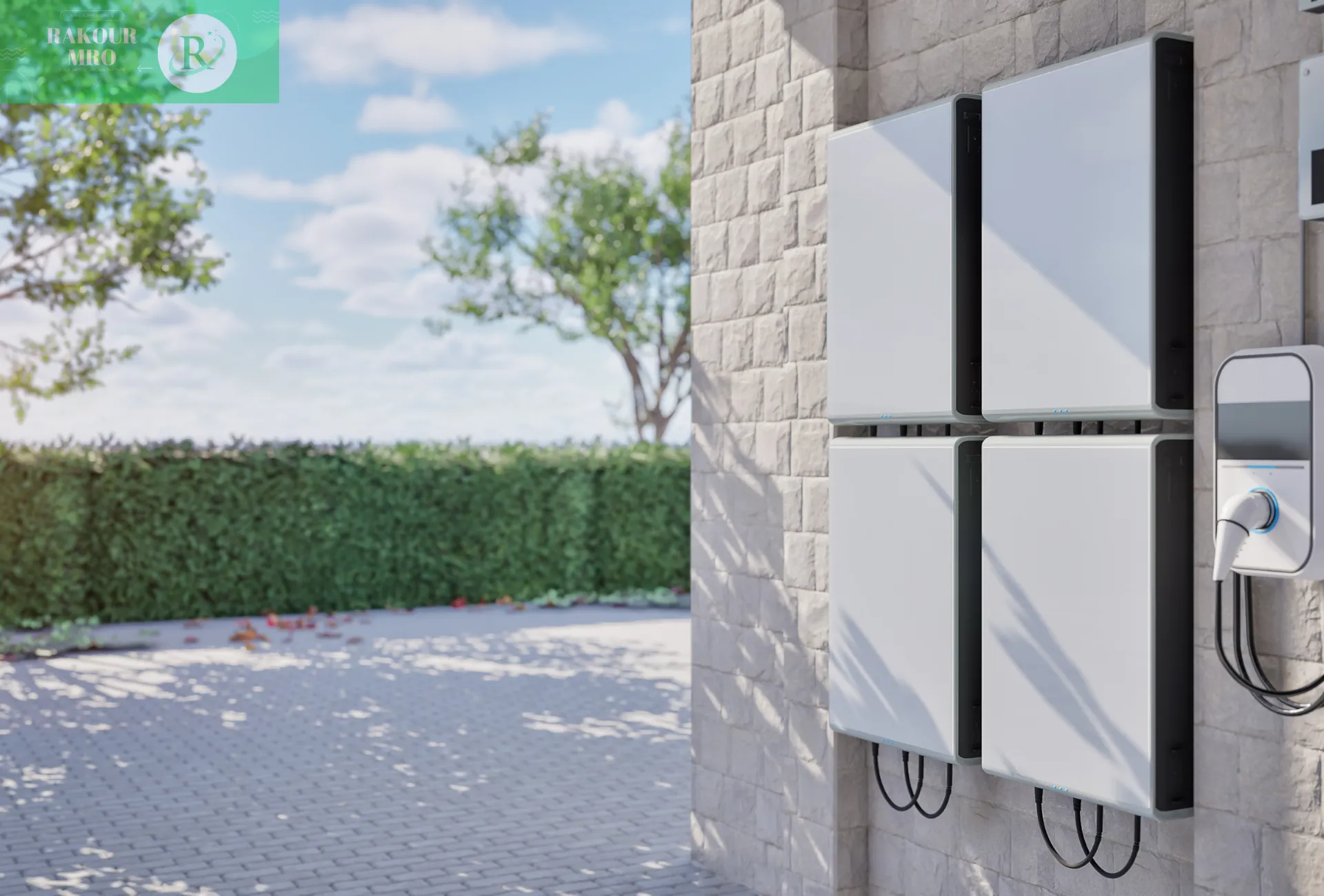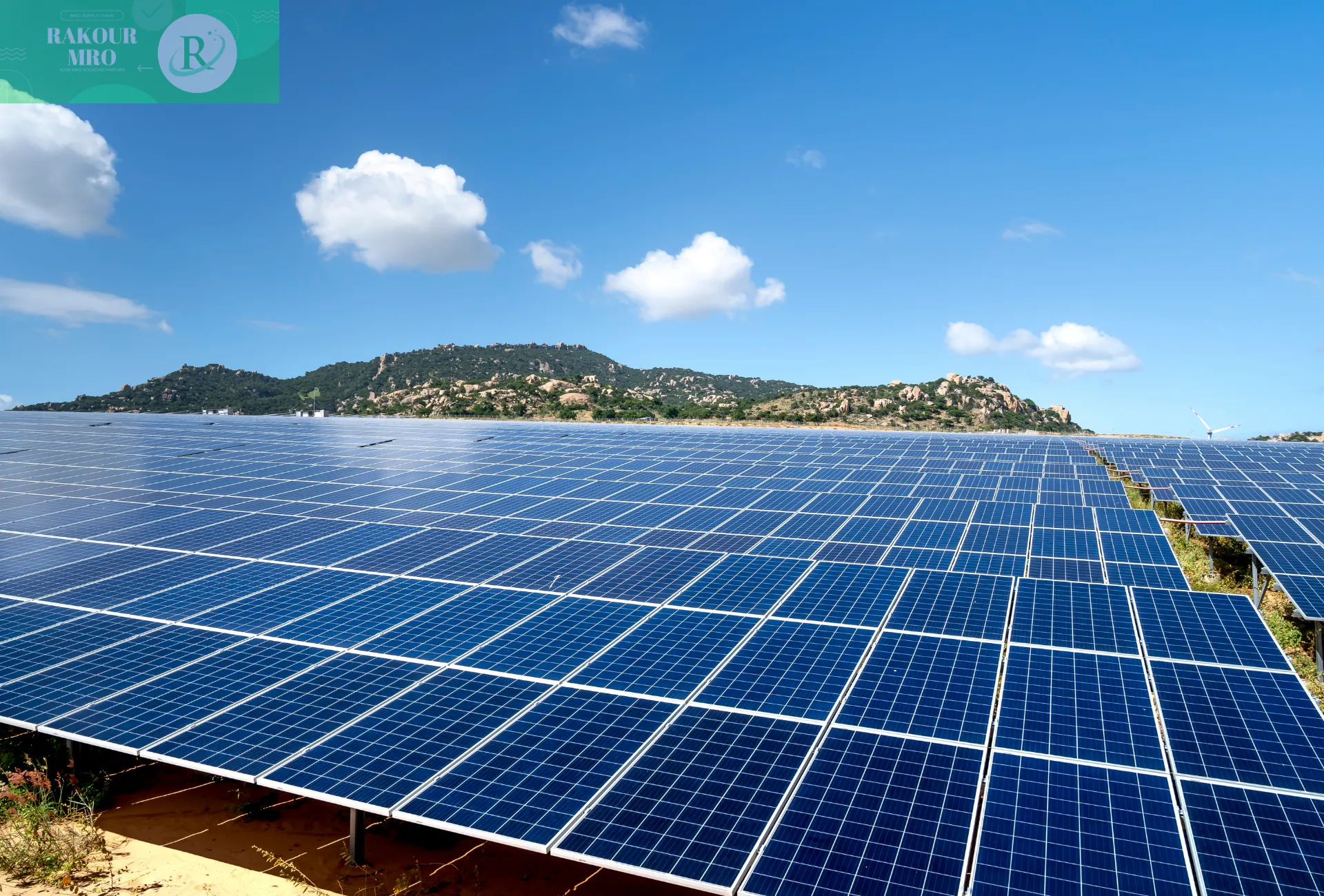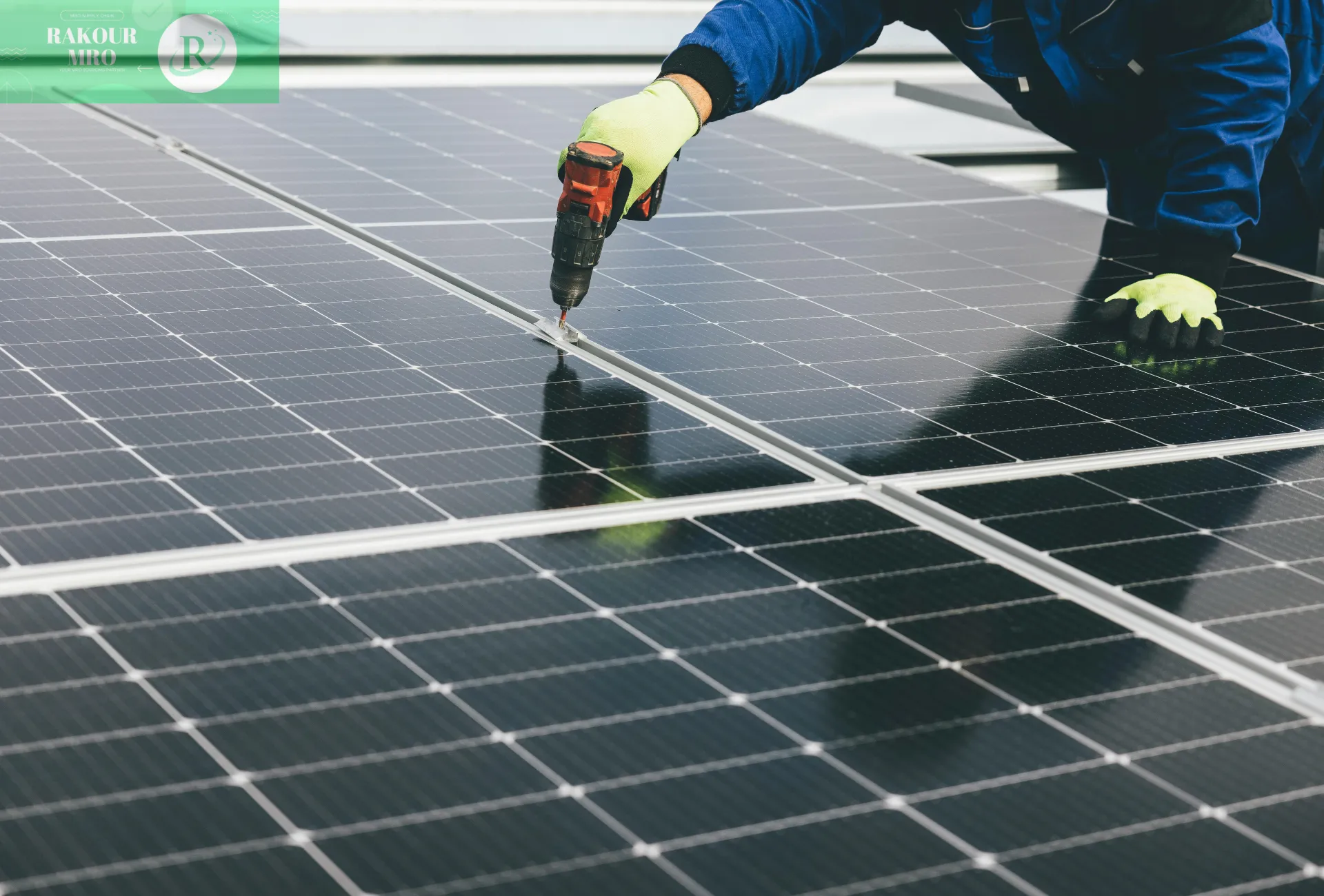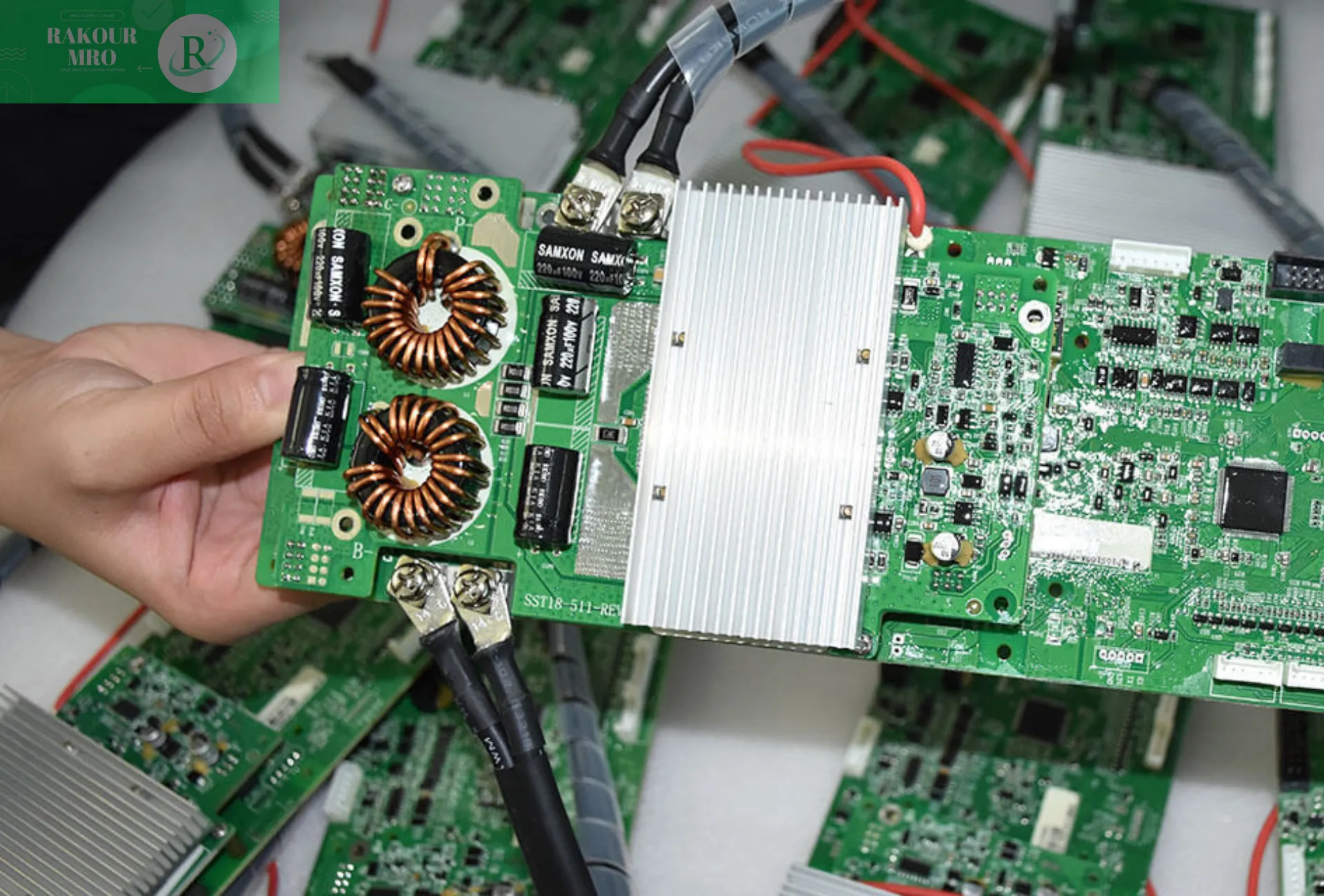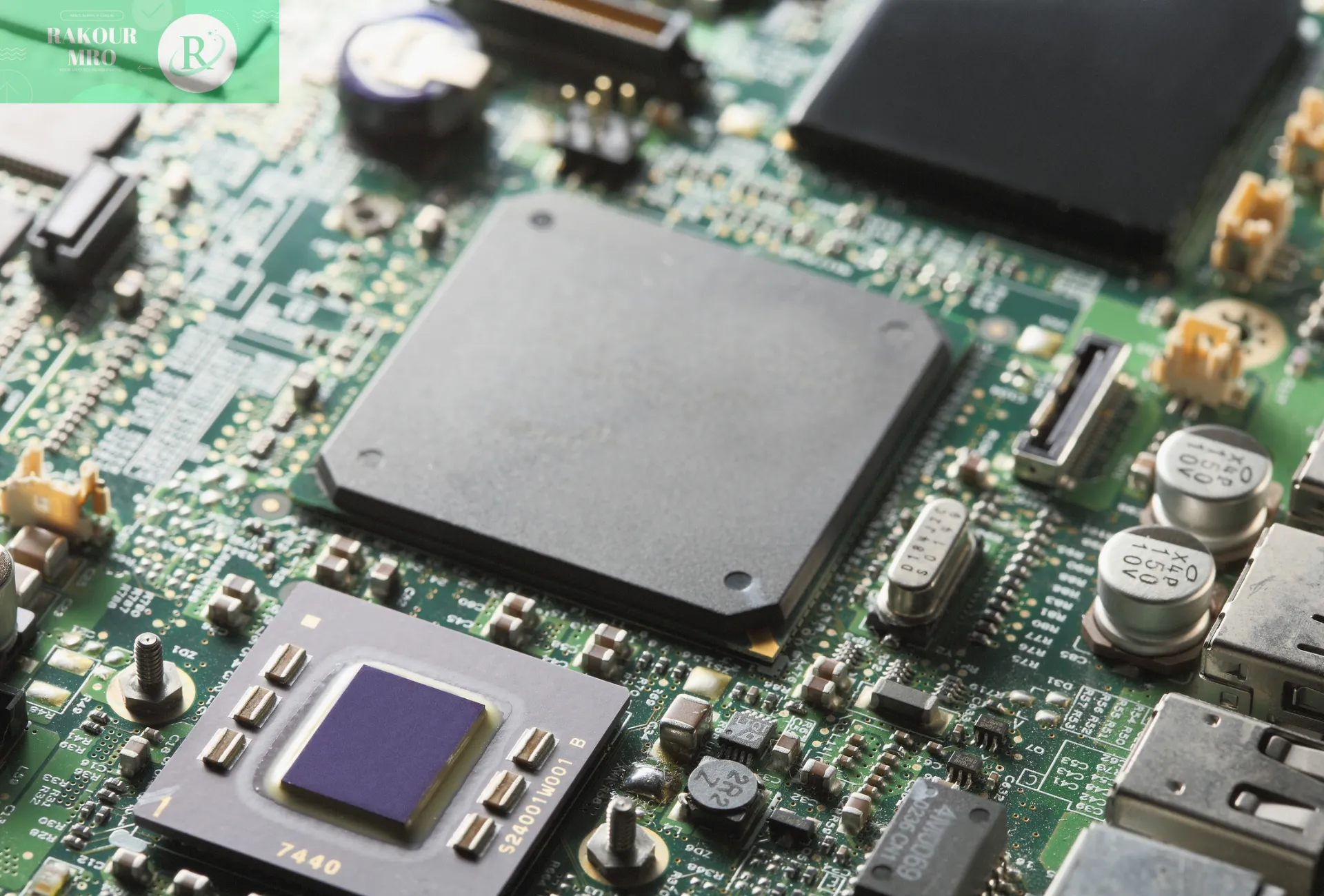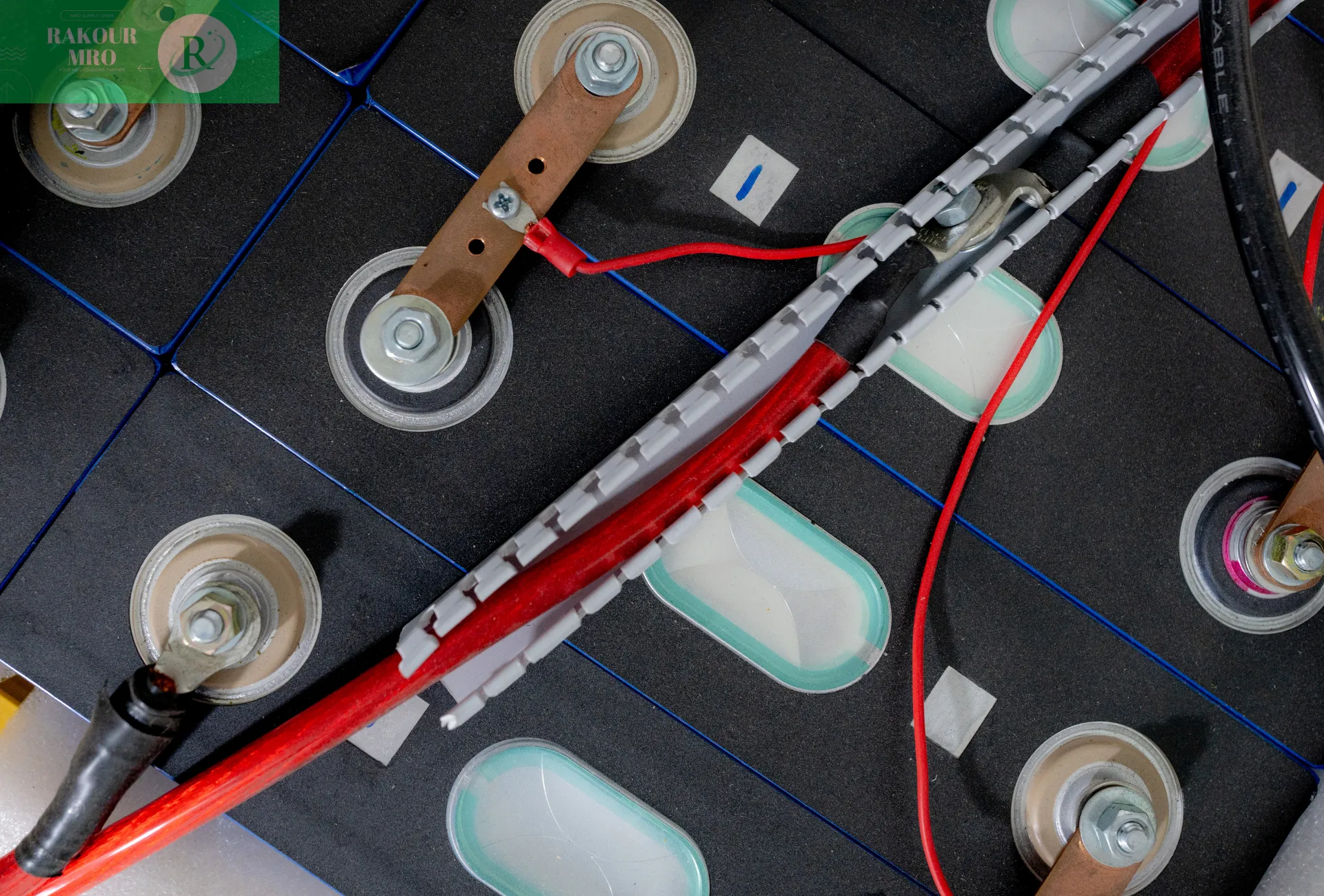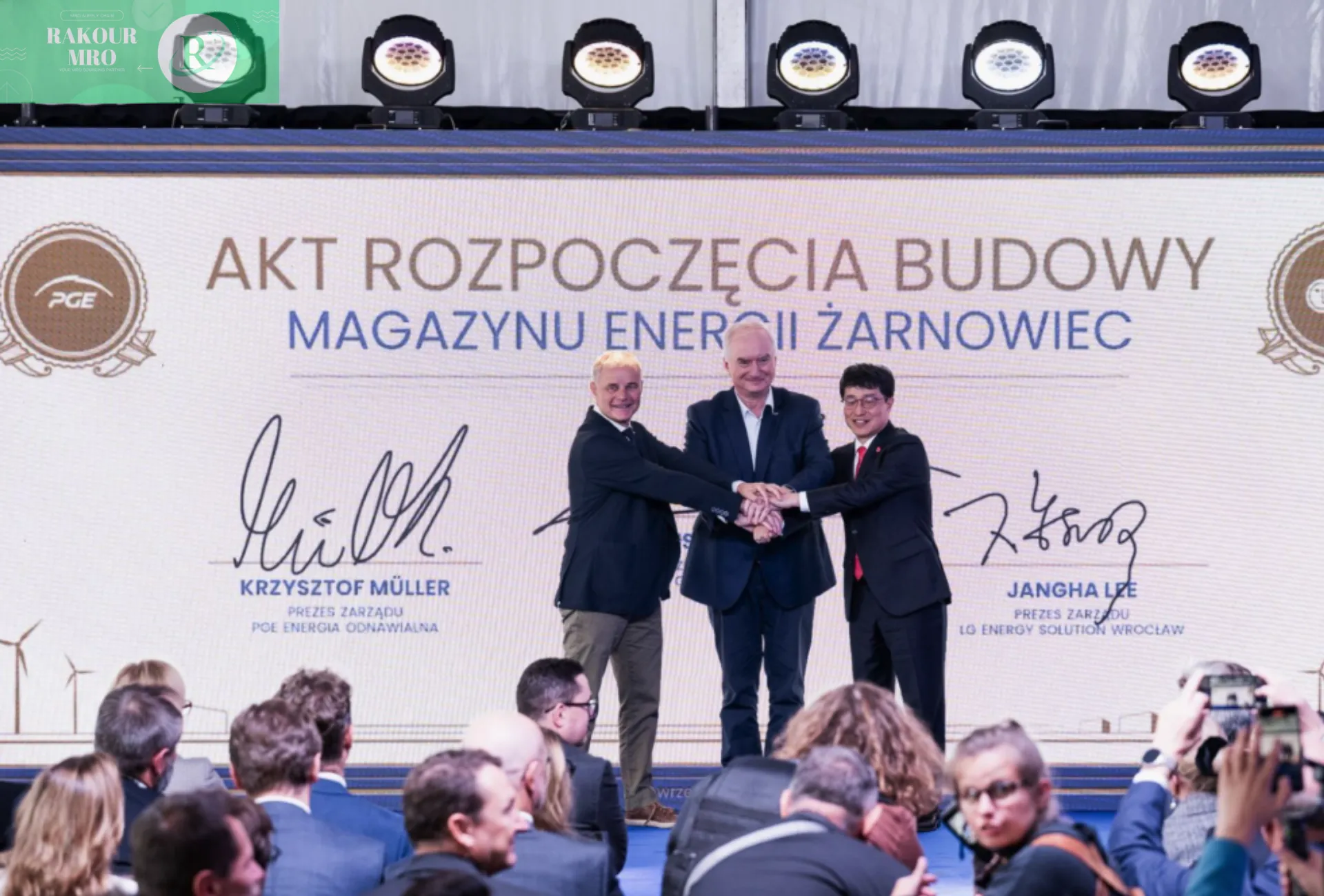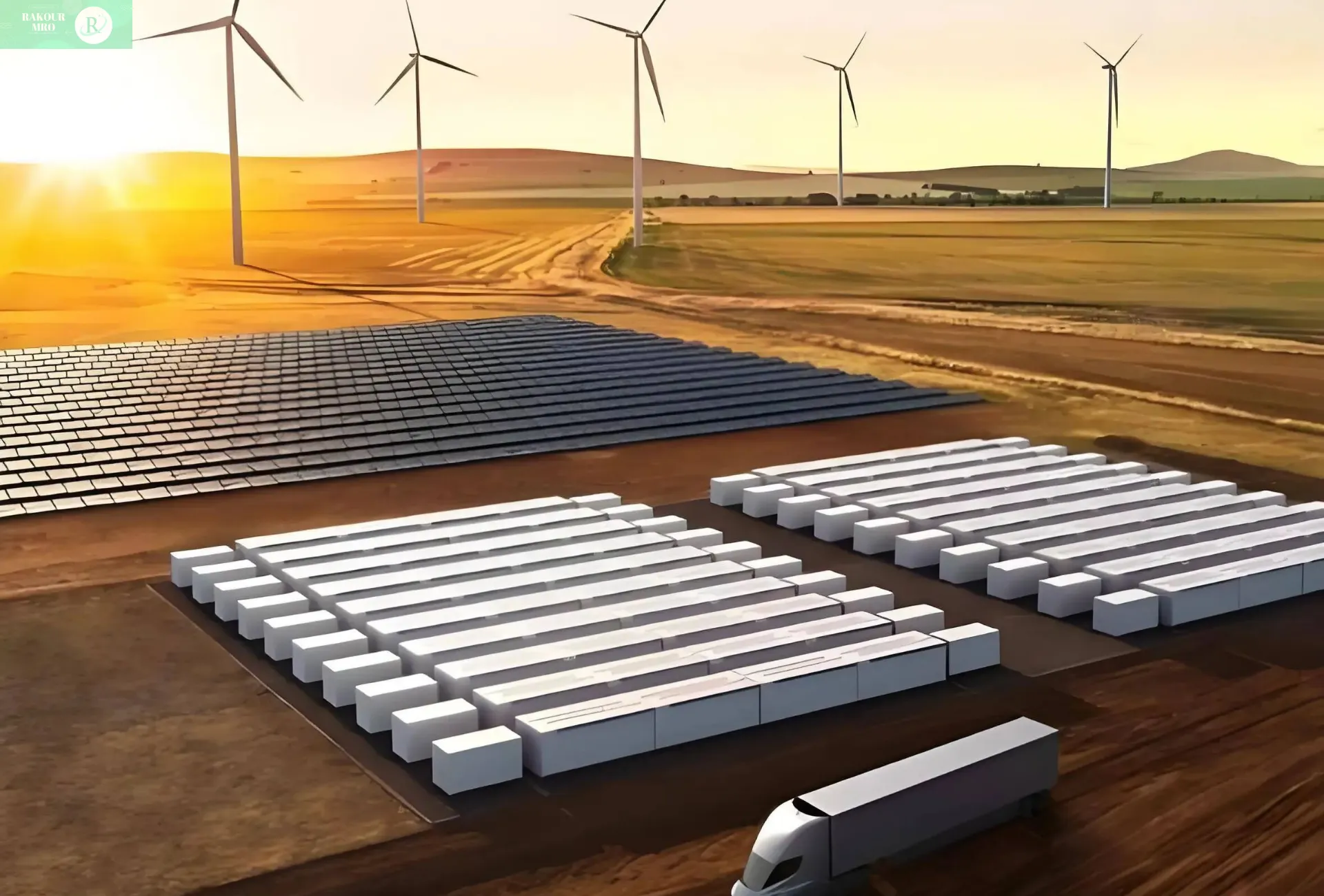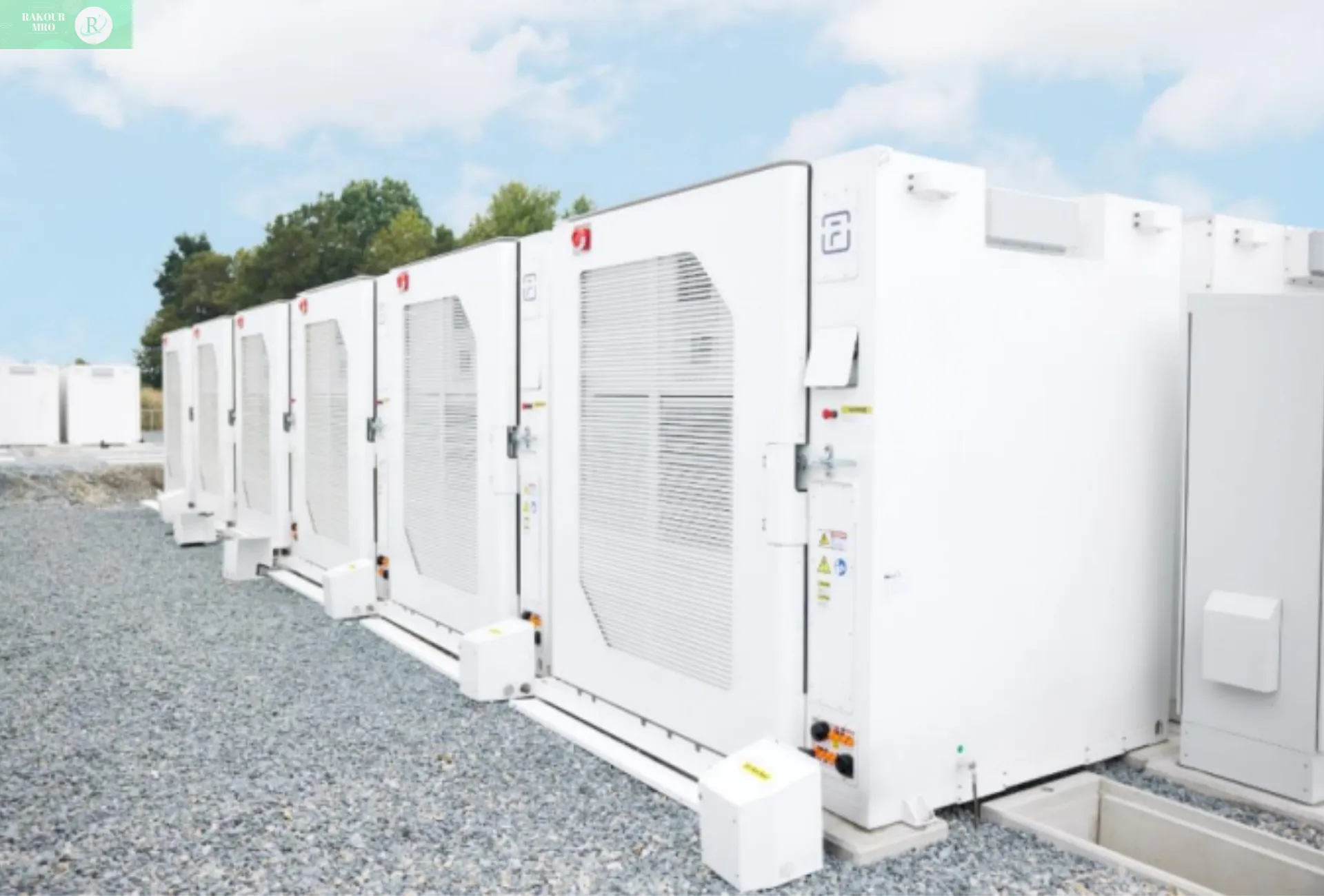Classification
According to the power coupling method
| Category | Power Architecture | Representative Models | Working Mode |
|---|---|---|---|
| Series | Engine → Generator → Electric Motor → Wheel (Engine does not drive directly) | Nissan e - Power, Li Auto L6/7/8/9 | - Motor drives in all working conditions, and the engine only generates electricity - Long energy conversion path (oil generates electricity) |
| Parallel | The engine and the electric motor drive independently and can work together | Volkswagen P2 Hybrid, Honda Accord Hybrid | - Engine direct drive (high speed) - Motor assistance (low speed/acceleration) - Cannot drive long distances purely on electricity |
| Power - split | Combine series and parallel modes and dynamically distribute power (mainstream technology) | Toyota THS (power split), BYD DM - i | - Low - speed electric drive (parallel EV) - High - speed direct drive (series charging) - Optimization in all working conditions |
According to the degree of power mixing
| Category | Hybridization Range | Functional Features | Representative Models |
|---|---|---|---|
| Micro Hybrid | ≤5% | Only supports start-stop and low-speed auxiliary drive, cannot drive purely on electricity | Mercedes-Benz C-Class Mild Hybrid Version |
| Mild Hybrid | 5%-15% | Enhances start-stop efficiency, supports short-time braking energy recovery, still relies on engine drive | GM Hybrid Pickup, Honda Accord Hybrid |
| Moderate Hybrid | 15%-40% | Supports low-speed pure electric drive (such as Honda i-MMD low-speed EV mode), mainly relies on engine at high speed | Toyota Camry Hybrid, Ford Fusion Hybrid |
| Heavy Hybrid | ≥40% | Supports relatively long-distance pure electric drive (such as Lexus ES 300h with a pure electric range of 2km), more flexible power coordination | Toyota Prius, Hyundai Kona Electric |
According to the energy replenishment method
| Category | Definition | Representative Models | Technical Features |
|---|---|---|---|
| Plug - in (PHEV) | With an external charging interface, the battery can be charged through a charging pile/home power supply, and the pure electric range is ≥ 50km (domestic standard) | BYD DM - i, Li Auto L8, BMW 530Le | Supports long - distance pure electric driving (e.g., BYD DM - i has a pure electric range of 120km) The comprehensive fuel consumption is lower (fuel consumption in fuel - deficient state is 4 - 5L/100km) |
| Non - plug - in (HEV) | Without an external charging interface, the battery is only charged by the internal combustion engine driving the generator or energy recovery | Toyota Prius, Levin Hybrid, Ford Mondeo Hybrid | Depends on the coordination of oil and electricity, and the pure electric range is short (usually ≤ 2km) No need for charging, and convenient energy supplement |
PHEV power battery has a large capacity and high energy density; HEV power battery has a small capacity, mainly assisting the engine to work during starting and accelerating, and energy recovery is carried out during braking to improve fuel economy.
Plug-in hybrid car
Plug-in hybrid vehicles (PHEV) have a larger battery capacity, and only if the pure electric mileage is > 50km can you get a green brand. PHEV has all the advantages of a non-plug-in car, which can be pure electric, hybrid, or pure oil.
Generally, the pure electric range of plug-in hybrid is slightly lower than that of extended range, but at high speed, PHEV can be driven in parallel or directly engine, and its fuel consumption is lower than that of extended range.
- Advantages: Enjoy new energy subsidies and license policies with conditions, have no mileage anxiety, and have more freedom of movement.
- Disadvantages: Charging piles are required but not absolutely dependent, and the fuel consumption is high after the battery is exhausted.
Representative models: BYD DM-i, Geely EM-i
Extended range hybrid car
Extended range cars (REEVs) are also called series plug-in hybrid vehicles. They can be simply understood as extended range cars like adding an “fuel power bank” to a pure electric car, so their driving experience is closer to pure electric cars (excellent quietness, smoothness, and quick power response).
However, the wheels cannot be driven directly by the engine, so there is no need for a transmission and the wheels can only be driven by the electric motor.
The fuel-saving advantage of REEV is very obvious when driving at medium and low speeds; once it enters high speed, the energy secondary conversion loss leads to a large fuel consumption.
Summary
1. Plug-in hybrid has 4 working modes, including EV and series-connected hybrid EV, which is more comprehensive and advanced.
2. Under high-speed operating conditions, the extended-range hybrid engine drives the generator to generate electricity, and sends the electricity to the driving motor for driving. The energy is converted many times and the efficiency is low. The plug-in hybrid engine can directly participate in the drive, “no middlemen to make a difference”, which has higher efficiency and lower fuel consumption.










